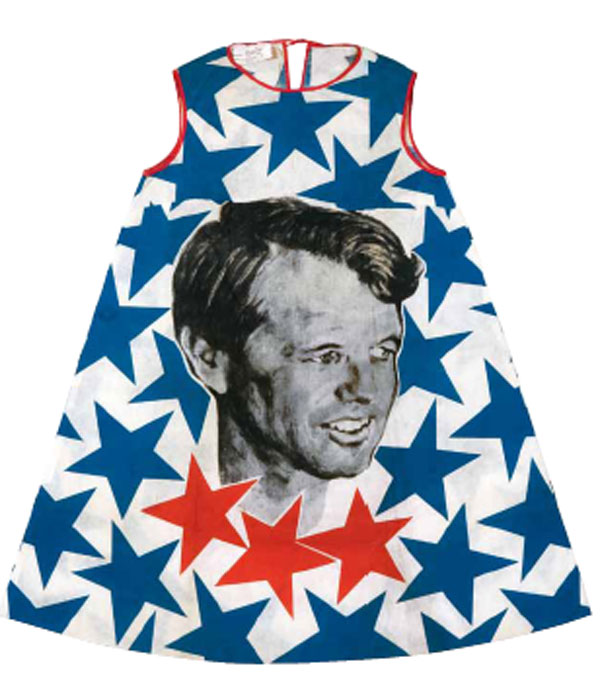
Eva Afuhs is the director of the Museum Bellerive in Zurich, home of the applied arts collection of the Zürich Museum of Design since 1968. Maintaing her fascination with projects that stand right on the edge of arts and crafts she hosts at Museum Bellerive RRRIPP!!! Paper Fashion exhibition and she talks to OZON about emerging needs in the art field.

How did you get in touch with Vassilis Zidianakis and how did you decide to do a paper fashion exhibition at the Museum Bellerive?
My husband was in Antwerp and he visited the museum of fashion that held the RRRIPP!!! Paper Fashion exhibition at the time. He was impressed by the collection and suggested it to me. Also during this period I had a colleague who is actually the owner of the Helmut Lang paper dress so she already knew Vassilis and when I brought up the idea of hosting RRRIPP!!! she made the initial contact. So basically it was by mouth propaganda by my husband and a happy coincidence.
What are the elements that make this exhibition ideal for the Museum Bellerive?
First of all Museum Bellerive has a focus in arts and crafts exhibitions. Fashion is something in between. Handcrafted garments for me are pieces of art. And of course the whole section of the 60s with the mixture of pop art and dresses is also on the edge between a dress and a work of art, in this sense I thought it would fit here. At the same time we have a very big in-house fashion collection. We had several fashion exhibitions since the Bellerive existed since 1968, and now we decided to host something else than the museum’s own collection especially when it is an exhibition that deals with a material such as paper.Paper is in such a big field of focus at the moment in architecture, fashion or design.
Do you think that going back to craftsmanship is the big new trend in the fashion world?
I believe it is more than a trend, it is an urge. Working with a material, doing unique things by hand, going back to craftsmanship and mixing it with contemporary tools is something that people seem to appreciate all over again.
How do you explain that this urge seems more relevant now?
I think in the last 20 years with all the possibilities of the new technologies and all the new tools that emerged, maybe people finally got a bit exhausted. This exhaustion came not only because we were working too much but also because we lost the link to the materials. Especially our generation who is now at the pick of their power to produce things has this feeling that something on the way was lost.
What are the difficulties in maintaining or expanding the museum in Switzerland?
On one hand it is very easy and joyful and creative. It is so because the Swiss society is interested in arts and culture and has a lot of sympathy towards the creative world, imagine in Switzerland you can find the biggest home collections of art in the world. On the other side, the amount of money which is getting into this fields is not equally divided in all the fields of art. At the moment the focus is shifting towards the design which is great for us.
What is your main concern for your everyday job?
The main concern, is the same with every other cultural organisation: money, or more specifically the lack of it.
Is the crisis over here?
I cannot say if it is over or not. Depends what happens with Greece and Portugal this is all connected now through globalisation, I mean if Greece is going bankrupt now we cannot be certain of what is happening in the rest of Europe and Switzerland is in the middle of it.
Can you give us a clue about your upcoming exhibition?
Next year will be an exhibition about perfume. The starting point will be the old theme of perfume and we will take it all the way up to the contemporary scene and the design of the bottles.We are trying to find a way to show that a perfume itself is already a design piece.
Link: museum-bellerive
Interview: Yorgos Kelefis



